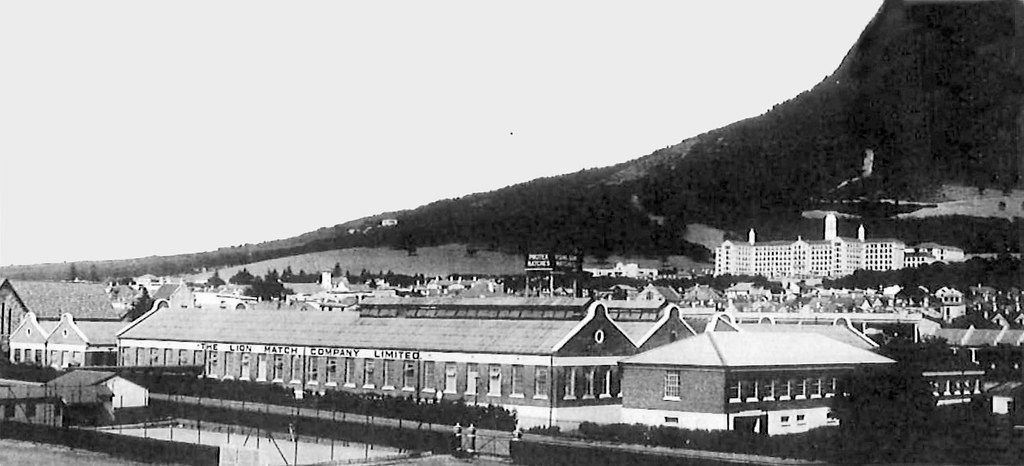Observatory – or Obz as it is more colloquially known – is one of Cape Town’s most bohemian residential areas. The lively suburb is known for its interesting inhabitants, as well as its mix-and-match host of eateries, markets, vintage stores and sense of community.
It has also been the topic of many conversations as locals have banded together to oppose the City of Cape Town’s plans to develop there.
Many of us have walked down its bright streets, but what is the history of this artists’ hideout?
The name Observatory is derived from the Royal Observatory, which was established in 1821. The Observatory’s headquarters are located in the neighbourhood. Its name later changed to the South African Astronomical Observatory (SAAO), and houses administration facilities, offices, the main library, computing facilities, engineering workshops and historic telescopes.
In 1510, the area was the scene of a raid by the Portuguese, led by Francisco de Almeida, on a Goringhaiqua Khoikhoi village, which led to the death of de Almeida and approximately sixty of his fellow compatriots.
There used to be game roaming the area, including zebra, buffalo and antelope. Some say there were hippos, elephants and lions.
Modern-day Observatory traces its origins to the Koornhoop Colony land grant issued in 1657.
Between February 1657 and February 1658, fourteen ‘free burghers’ were allowed land by the Dutch East India Company along the Liesbeeck River valley. Then Governor of the Cape, Jan van Riebeeck, decreed that a fortified building called ‘Fort Coornhoop’ be built as one of several small forts to protect against the Khoikhoi natives.
Part of what was developed as Koornhoop became known as Uitwyk, which is now called Malta Farm.
During the years of apartheid, Observatory was one of the few de facto ‘grey’ suburbs where all races lived together. On the evening of December 30, 1993, three men entered a popular student venue on Station Road, called the Heidelberg Tavern, and opened fire. Four people were killed, and five were left injured.
Three were convicted in November 1994 for what became known as the Heidelberg Massacre.
Today, Observatory is known as a frequent haunt for the students of the University of Cape Town’s medical school, as well as surrounding colleges such as AFDA and SACAP.
Picture: The Radisson Red

